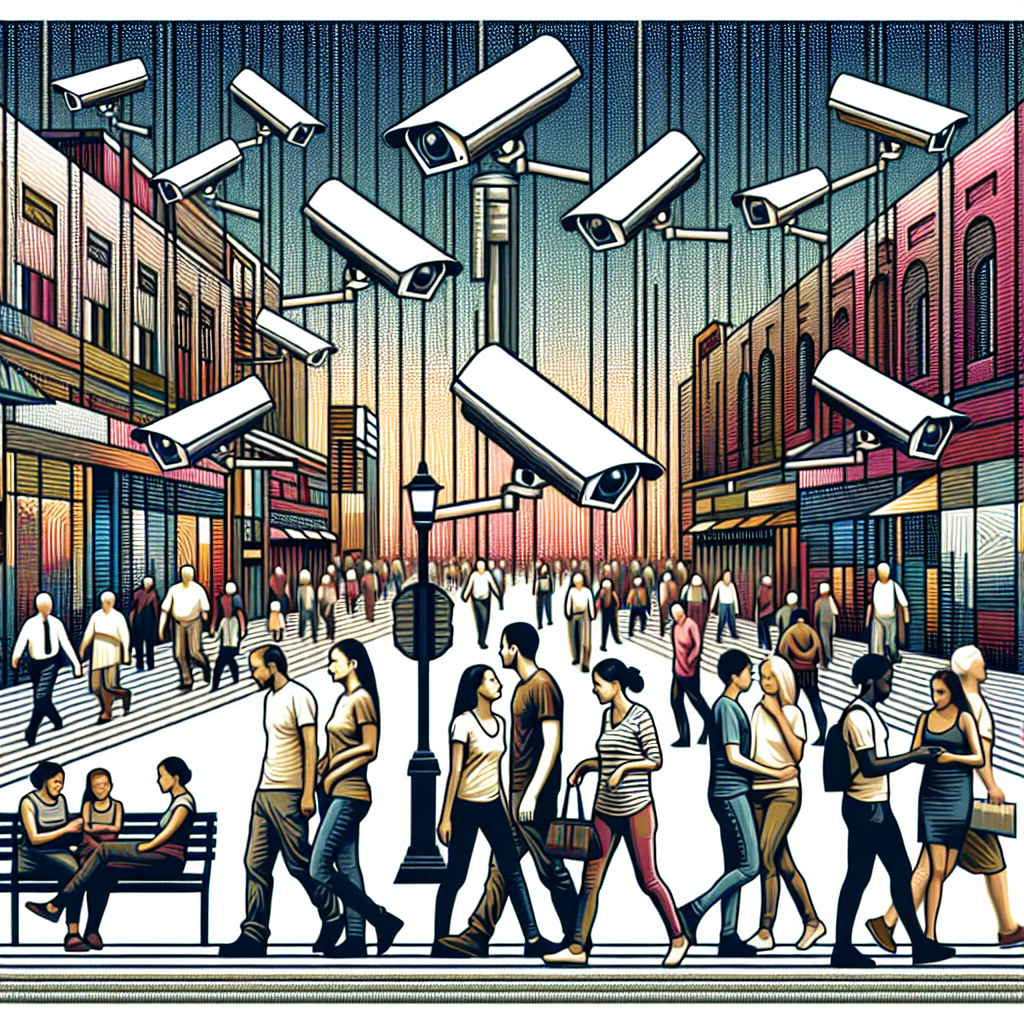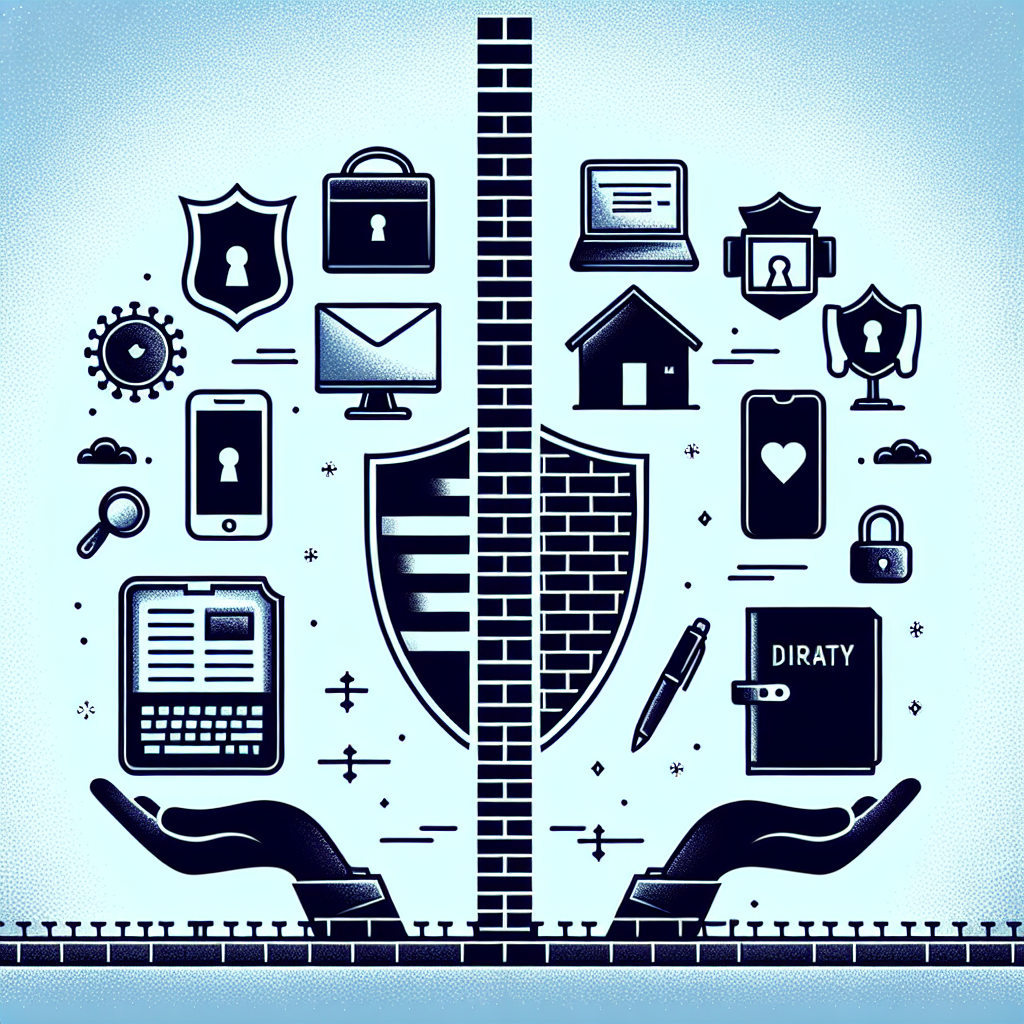Understanding Government Surveillance: The Public’s Right to Know
The Concept of Surveillance
Surveillance, in its various forms, is an omnipresent aspect of modern governance. It encompasses the monitoring of individuals and groups by governments and agencies, using technologies such as cameras, internet tracking, and data collection. While proponents argue that surveillance is essential for national security, crime prevention, and public safety, critics contend that it often infringes upon civil liberties and privacy rights.
The Shift Towards Transparency
The right to know is deeply rooted in democratic principles, emphasizing that citizens should have access to information regarding governmental actions, especially when those actions impact their privacy and freedoms. Transparency in government surveillance is advocated to promote accountability, facilitate informed public debates, and reinforce trust in institutions.
Legal Frameworks Ensuring Transparency
Numerous laws and regulations globally establish the framework for public access to information relating to government surveillance. In the United States, the Freedom of Information Act (FOIA) allows citizens to request access to federal agency records, promoting transparency. Nevertheless, exemptions related to national security can limit access.
In Europe, the General Data Protection Regulation (GDPR) provides rigorous guidelines on data protection and privacy, ensuring citizens are informed about how and why their data is being collected. These regulations emphasize the necessity of clear communication regarding surveillance practices to uphold individual rights.
Types of Government Surveillance
The nature of government surveillance varies widely, including:
-
Mass Surveillance: Often conducted by intelligence agencies, this form encompasses indiscriminate data collection and monitoring of vast populations, usually justified by national security concerns.
-
Targeted Surveillance: This approach focuses on specific individuals or groups, often backed by warrants or legal justification.
-
Public Surveillance: Commonly seen in urban areas, this includes CCTV cameras monitoring public spaces, ostensibly for crime prevention.
-
Digital Surveillance: As technology evolves, governments increasingly monitor online activities, including social media communications and internet searches, raising significant privacy issues.
Each type of surveillance carries unique implications for privacy rights, demanding public scrutiny and engagement.
The Impact of Technology on Surveillance Practices
Advancements in technology have exponentially increased the capacity for surveillance. Drones, facial recognition software, and big data analytics enable unprecedented levels of monitoring, raising ethical and legal questions. The automation of surveillance systems has led to the ability to track individuals seamlessly, sometimes without adequate oversight or regulation.
With the rise of these technologies, it’s crucial for the public to understand the mechanisms of surveillance and their implications. Open access to information regarding these technologies can help citizens advocate for their rights and demand responsible oversight.
Public Engagement and Activism
Various advocacy groups work tirelessly to promote transparency and accountability in government surveillance operations. Organizations such as the Electronic Frontier Foundation (EFF) safeguard civil liberties in the digital world, focusing on preventing unwarranted surveillance. Public engagement through petitions, town halls, and social media campaigns plays a crucial role in raising awareness and mobilizing citizens to demand more robust privacy protections.
Educating the public about surveillance practices is fundamental. Workshops, seminars, and online resources can empower citizens to question government actions and push for reform, ensuring that surveillance practices align with democratic values.
The Role of Media in Promoting Transparency
Media serves as a vital watchdog in exposing unnecessary government secrecy surrounding surveillance practices. Investigative journalism has uncovered many instances of overreach and illegal surveillance by state agencies, such as the NSA’s mass data collection exposed by Edward Snowden. Such revelations fuel public discourse about the necessity for better transparency and oversight.
Media literacy is equally important for the public to critically evaluate information regarding surveillance. Understanding the sources of information and recognizing bias can help citizens navigate the complex landscape of government oversight.
The Balance Between Security and Privacy
A recurrent challenge in the dialogue on surveillance is the balance between national security and individual privacy rights. Advocates for expanded surveillance argue that heightened security measures are vital in an increasingly complex world. In contrast, civil liberties groups stress that sacrificing privacy for security undermines democracy’s core ideals.
Establishing a framework that both protects citizens’ privacy rights and secures public safety requires ongoing public discourse and legislative engagement. Mechanisms such as independent oversight committees can help ensure that surveillance measures abide by constitutional rights.
Whistleblowers: The Guardians of Transparency
Whistleblowers play a critical role in promoting transparency in government surveillance. Their courageous acts of disclosing information regarding unlawful or unethical practices expose abuses of power. However, they often face severe repercussions, including legal action, job loss, or personal safety threats. Protecting whistleblowers and providing them with legal safeguards is essential in fostering an environment where illicit surveillance practices can be challenged.
International Perspectives on Surveillance and Transparency
Globally, perceptions of government surveillance and the public’s right to know vary widely. In some democratic nations, robust frameworks exist for oversight and accountability, while authoritarian regimes tend toward cloaked surveillance practices without transparency.
Organizations like Privacy International advocate for global privacy rights and surveillance reform, suggesting that international cooperation is vital for establishing norms surrounding surveillance practices. The push for transparency must be a united front against state intrusion, sharing best practices while safeguarding individual rights globally.
Conclusion: The Path Forward
The fight for transparency in government surveillance requires relentless public vigilance, advocacy, and education. Citizens must remain engaged in discussions surrounding privacy policies, technology advancement, and government accountability. Increasing transparency not only serves to protect individual rights but also fortifies democracy by ensuring that government actions remain under the public’s watchful eye. Through collaborative efforts, we can nurture a society where transparency reigns and civil liberties thrive.













Leave a Reply